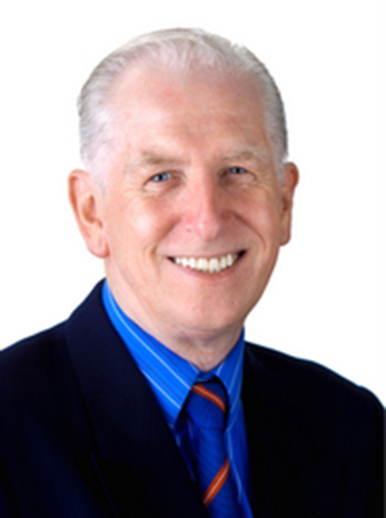Constructive Thinking For Students
By Dr Charles Margerison
Psychologist
Thought and Action
Teaching students about critical thinking only may restrict their thinking and behaviour.
In a fast-moving world, students need to also learn the language of constructive thinking. This is the thought process of taking information and adding value. It may be the creation of a song, or an artwork, or a business plan.
Critical thinking is designed to expose weaknesses.
Constructive thinking is designed to develop strengths.
Amazing People and Constructive Thinking
I have conducted virtual interviews with over 500 amazing achievers, including Edison, Curie, Shakespeare, Keller, Mandela and many more. Each one of them made a success of their lives by thinking constructively.

- Thomas Edison was asked to leave school at the age of seven. Teachers thought he lacked ability. However, he was profoundly deaf and could not hear what was being said. His mother educated him. He started playing with equipment and found his amazing technical talent that led him to register over 2000 patents and create the giant General Electric Company.
- Marie Curie was not allowed to go to university in her native country of Poland, because women were excluded. So, she went to France, learned the language, and qualified as a scientist. Her breakthrough research enabled her to become the only woman to win two Nobel prizes in different areas of science.
- William Shakespeare lived in a small farming village. He dreamt of being a writer but was put under pressure to work in the fields. Although not educated at a university, he went to London, where he wrote the plays and poems that made him famous.
- Helen Keller took seriously ill early in her life and became deaf and blind. Her future looked bleak. Anne Sullivan, her tutor, helped her to communicate despite many obstacles. As a result, Helen Keller became a leader for disabled people.
- Nelson Mandela was imprisoned in South Africa for 27 years, after he opposed the Government’s apartheid policies. This did not defeat his ambition. On his release, he was elected President of South Africa and led his country away from civil war to democracy.
All of these are examples of people who took a constructive thinking approach.

They are exemplars of how to overcome barriers and difficulties. Rather than taking a critical approach, they looked for ways to improve the situation. They looked forward and envisaged a better situation.
Therefore, we need to balance critical and constructive thinking to make the most of opportunities.
Yes, there is a role for critical thinking to identify faults in systems and processes. However, that is not enough. We also need constructive thinking in order to do something about the issues.
Amazing People Schools
With my colleagues, we support students with constructive thinking via character and wellbeing education. We have created Amazing People Schools as the organization to provide resources to help students go beyond critical thinking and on to construct ideas and plans.
There are now well over 100 schools involved. They use the resources at www.amazingpeopleschools.com to help students to see ways and means of developing their personal strengths and abilities.
Constructive thinking will help the students of today become the people who create a better tomorrow.
Constructive Language
The start point is to provide students with the positive language that will help them.
I call this the ‘Can Do’ language.
Students can be encouraged to think positively by developing ‘can do’ plans.
This starts with personal ‘can do’ phrases such as
I can improve if …….
I will succeed if …
I am able to ….
These affirmations lead to increased confidence. In particular, students need to learn the action-learning language. This means they develop the ability to reflect on what goes right or wrong, and learn from both. This is best done in groups with fellow students. As a result, they learn how to construct better ways of learning and doing.
This is all part of self-talk. This can take two major forms.
The first is critical self-talk. This may be necessary to learn from experience. However, if it becomes severe, then it will undermine confidence.
The second is constructive self-talk. This happens when an individual starts to think about ways and means of improving and the actions they can take.
Summary
The evidence is clear. Amazing people like Edison, Curie, Einstein, Keller, and Mandela made major achievements because they were constructive thinkers. They converted their ideas into action and gained the support of others.
This is the message that students need to hear. They can improve and succeed if they master their self-talk based on constructive thinking.









